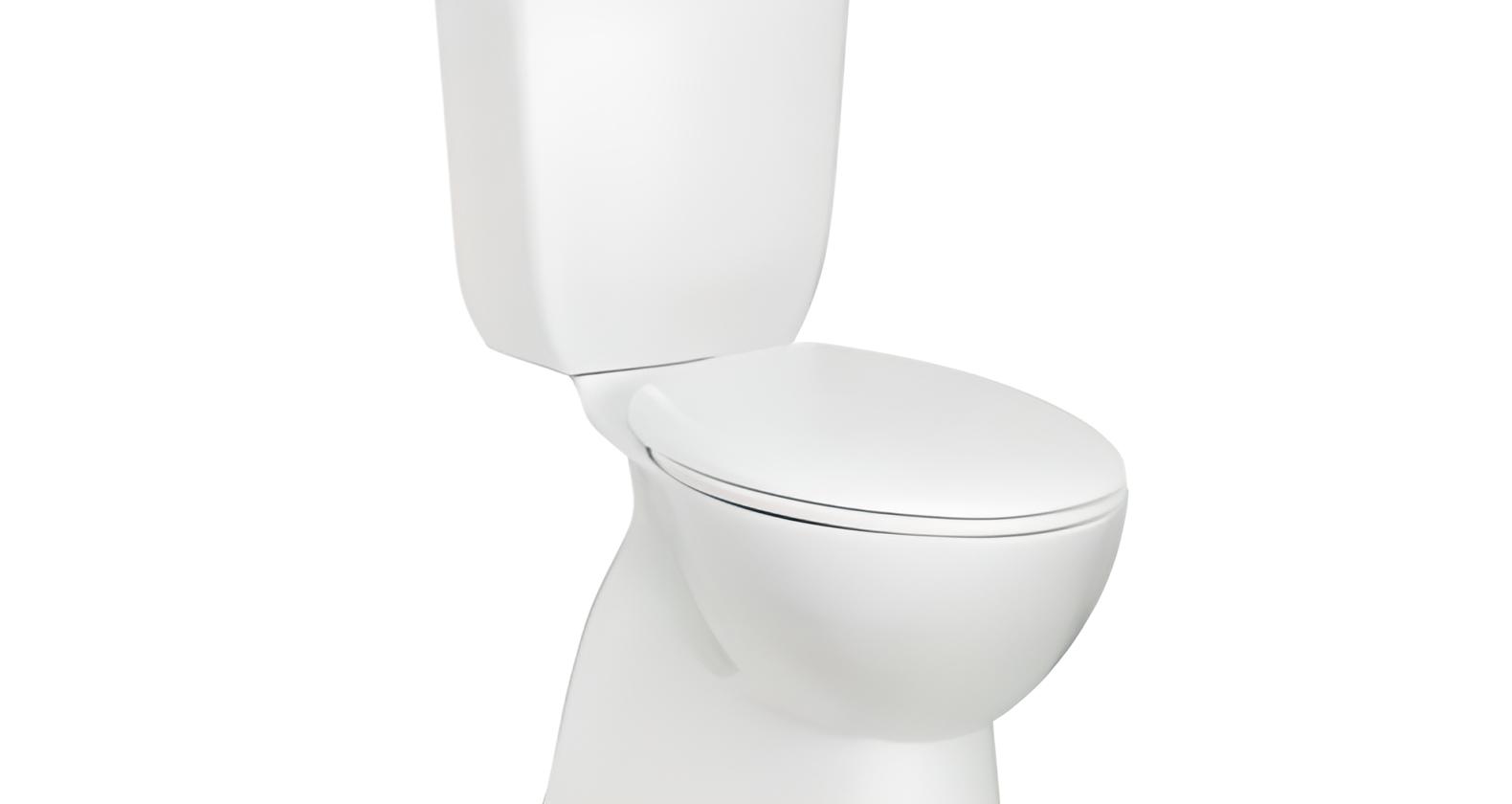Who would have thought picking a toilet could be so confusing. By the end of this blog post, you will know the difference between an S-Trap and a P-Trap, a wall hung and rear water inlet, along with how to measure the setout and so on.
Already a toilet know it all? Skip to the bottom of this page and fill in our toilet selector form.
The Basics – Set outs
- Pan = The part of the toilet you sit on
- Cistern = Holds the water used to flush
- Suite = Pan and Cistern together
- Trap = The water seal in the pan that stops sewer gasses escaping
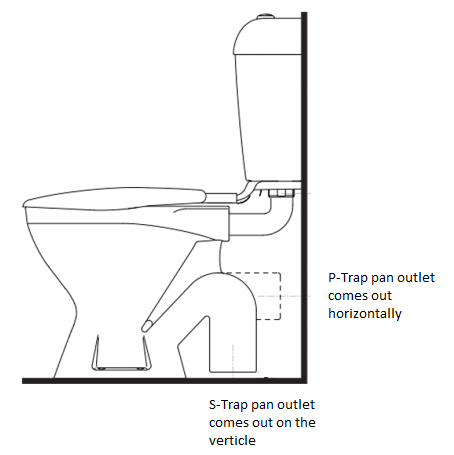
S or P Trap
An S-trap or P-trap refers to the water seal at the bottom of the toilet that stops sewer gases and smells escaping into your bathroom. The set out of a toilet outlet refers to the outlet drainage point location.
S-Trap Pans
An S-trap is where the toilet waste pipe connection is in the floor (picture the s on its side to reflect the trap that holds the water seal). The set out for an S-trap is the distance from the wall to the centre of the pipe penetrating the floor.
P-Trap Pans
A P-trap toilet’s waste pipe will go through a wall instead of through the floor. Again picture a P on its side. The set out of a P-trap is a height measurement from the floor to the centre of the waste pipe.
Skew Back Pans
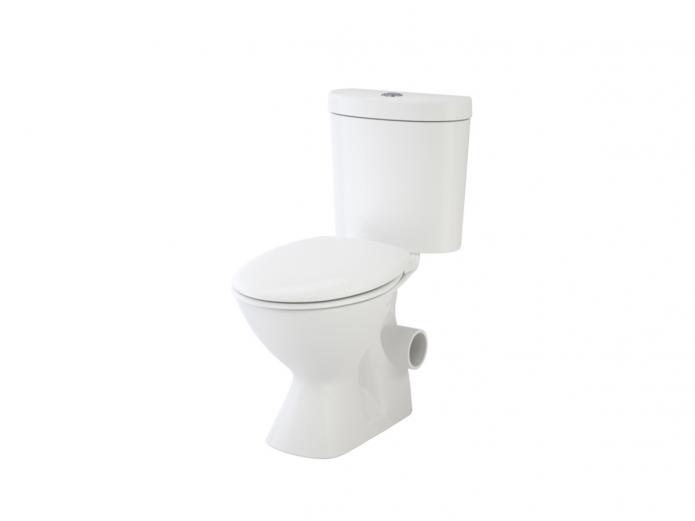
A skew back pan is similar to a P-trap, however also turns 90 degrees to the left or right. This measurement should be taken in height and from the wall that is running parallel with the waste pipe. Both measurements to the centre of the pipe.
Vented Pans
A vented pan is a toilet pan that has a 50mm vent pipe coming off the back of the trap, normally travelling up and through the roof to the atmosphere. Vented pans were the norm prior to the 1960’s. Since then we have learned more about hydraulics and the standards have changed, meaning that often your vented pan can be replaced with a non-vented so long as the toilet point is within 10 meters of the main sewer line. (picture coming soon)
Water Point
The water connection point is where on the wall the water outlet is coming out. This measurement is taken from the centre of the waste outlet to the left or the right, and height from the floor to the centre of the water point.
This point can generally be easily altered during a renovation, however, if completing a straight swap over may require additional work.

Back Water Entry
Back entry water supply is when the water supply isolation valve and pipework is located inside the toilet cistern. This option is normally only applicable to close coupled and back to wall suites. It makes for a very aesthetically pleasing finish as it means all pipework is covered. It also makes cleaning a lot easier as there is no non-ceramic area for dirt etc to collect.
Types of Toilet Suites
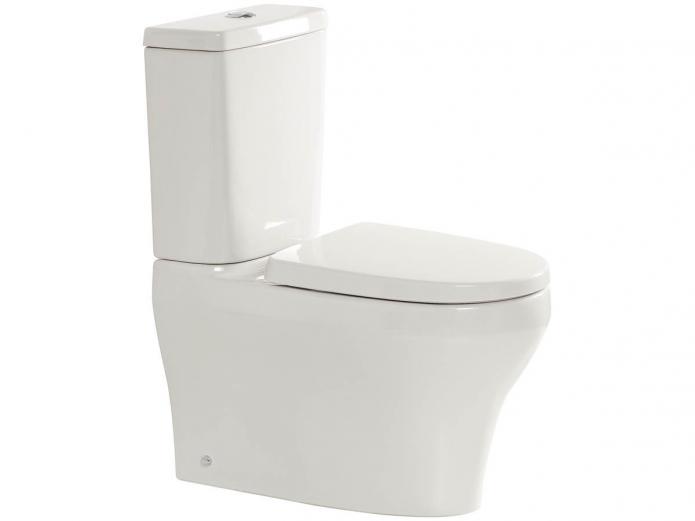
Back to Wall Toilet Suite
A back to wall pan is fast becoming the standard for domestic installations and it’s not hard to see why. They hide almost all of the pipe work and don’t have any nasty cracks or crannies for dirt and dust to hide in. The toilet suites come hard up against the wall from the bottom of the pan to the top of the cistern. They make cleaning a breeze thanks to all the smooth surfaces. The inlet water point for a back to wall toilet suite generally enters the toilet suite from behind the toilet cistern, to hide this pipework, meaning normally the water point will need alterations. Some often have the option of bottom entry water as well.
Close Couple Suite
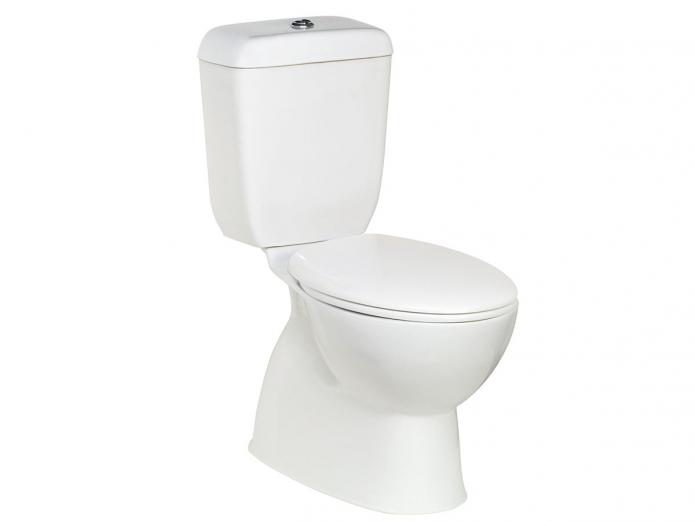
A close coupled toilet suite has the toilet cistern bolted directly to the toilet pan, eliminating the pipe that otherwise connects the two. These toilets normally have a smaller set out tolerance.
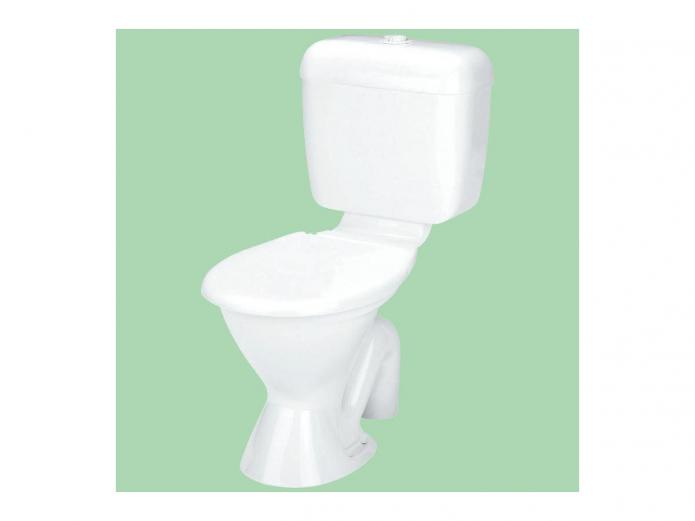
Link Suite
A link toilet suite has the toilet cistern bolted to the wall, which connects to the pan via a flush pipe. These then have a link, a plastic cover that hides the flush pipe by connecting under the cistern, to the toilet seat. These suites are generally very versatile when it comes to set outs and are normally cheaper to purchase and to install.
Wall Hung Pan
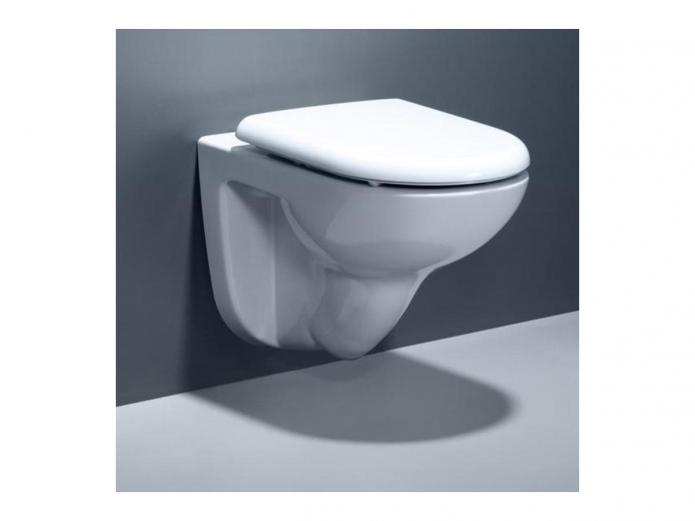
The pan is the bowl, essentially the part that you sit on. A wall hung pan is always a P-trap and hangs off the wall. These toilet suites normally have an in wall cistern and will cost considerably more for installation and initial purchase than a standard toilet suite. Best installed during an entire bathroom renovation, rather than a swap over.
In Wall Cisterns
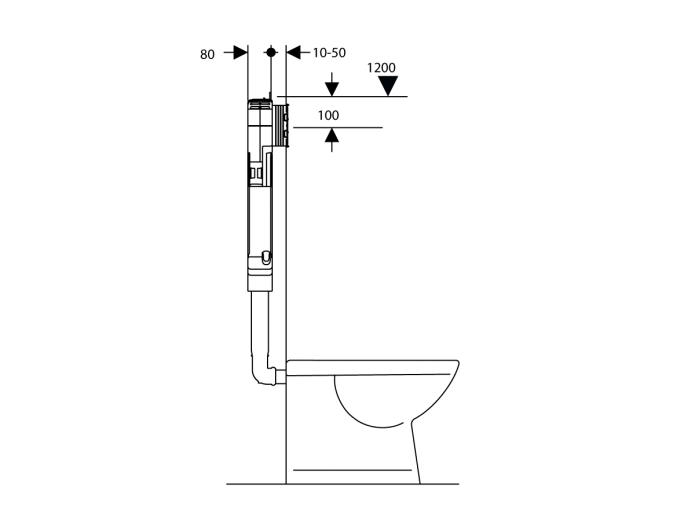
An in wall cistern is mounted completely in the wall, with only a small hole, normally being the buttons, for servicing and access. Whilst these toilets look great and work extremely well they do cost more for initial install, purchase and servicing in the future.
Toilet Selector
Fill in the below form and we will send you a few recommended toilet suites. Feel free to take it with you to your local plumbing supplier for a second opinion. For plumbing fixtures and tapware in Canberra, I recommend Reece Belconnen, speak to Chloe and tell her that Tom from Water Tight Canberra referred you to receive trade price.
Things to Note whilst filling in this form
- All measurements are taken from finished levels. If you are mid renovation you may need to allow for tiles, bedding, glue, wall sheets etc.
- When considering Left or Right it is assumed you’re are standing in front of the toilet looking at the wall behind it.
- Measurements to be taken from the centre of the pipe, not the collar
Fill out my online form.
